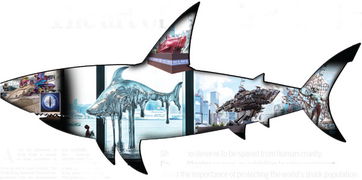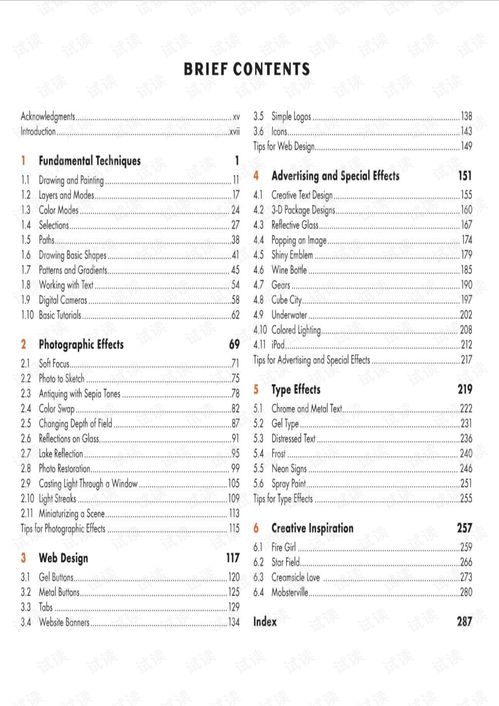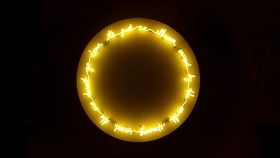Content:

Fishing with a fine line can be a challenging yet rewarding experience. Whether you are a beginner or an experienced angler, mastering the art of fine line fishing requires patience, practice, and the right techniques. In this article, we will discuss how to驾驭 (nǔyà, to ride or control) the fine line fishing techniques and methods for success.
Choosing the right equipment
The first step in mastering fine line fishing is to choose the appropriate equipment. Here are some essential items you will need:
- A fine line rod: Look for a rod with a lightweight, sensitive action that can handle the delicate nature of fine line fishing.
- Fine line: Use a monofilament line with a thickness of 0.8 to 1.2 pounds (0.36 to 0.54 kg). The thinner the line, the more precise your casts will be.
- Fine line reel: A lightweight, compact reel with a smooth drag system is ideal for fine line fishing.
- Lures and baits: Choose lures and baits that are suitable for the species you are targeting and the conditions you are fishing in.
Casting techniques
Casting is a crucial skill in fine line fishing. Here are some tips to help you improve your casting techniques:
- Start with a gentle flick of the wrist to load the line onto the rod.
- Maintain a slow, steady acceleration as you cast, avoiding any sudden movements.
- Aim for a gentle, arched cast that lands softly on the water.
- Practice your casting in a wide area to improve your accuracy and distance.
Presenting the bait
Once you have cast your line, it's time to present the bait to the fish. Here are some techniques to help you do so:
- Let the bait sink to the desired depth before starting to retrieve it.
- Retrieve the bait in a steady, consistent manner, avoiding any sudden stops or starts.
- Vary your retrieve speed and direction to mimic the natural movement of the bait.
Reading the water
Understanding the water you are fishing is essential for success in fine line fishing. Here are some tips to help you read the water:
- Observe the water's surface for signs of fish activity, such as ripples, bubbles, or surface disturbances.
- Pay attention to the structure of the water, such as rocks, logs, or weed beds, which can hold fish.
- Be aware of the current and wind conditions, as they can affect the way your bait behaves in the water.
Patience and practice
Fine line fishing requires patience and practice. Here are some tips to help you improve your skills:
- Spend time practicing your casting and retrieving techniques in calm conditions before moving to more challenging environments.
- Be patient and allow the fish to take the bait at their own pace.
- Learn from your mistakes and adjust your techniques accordingly.
Safety and conservation
Always prioritize safety and conservation when fishing with a fine line. Here are some tips to help you do so:
- Use appropriate tackle and techniques to minimize the risk of harming the fish.
- Release fish that are not of legal size or that you do not intend to keep.
- Be mindful of your surroundings and avoid disturbing the natural habitat.
In conclusion, mastering the art of fine line fishing requires a combination of the right equipment, techniques, and mindset. By following the tips outlined in this article, you will be well on your way to becoming a proficient fine line angler. Remember to practice patience and conservation, and enjoy the rewarding experience of fine line fishing.












